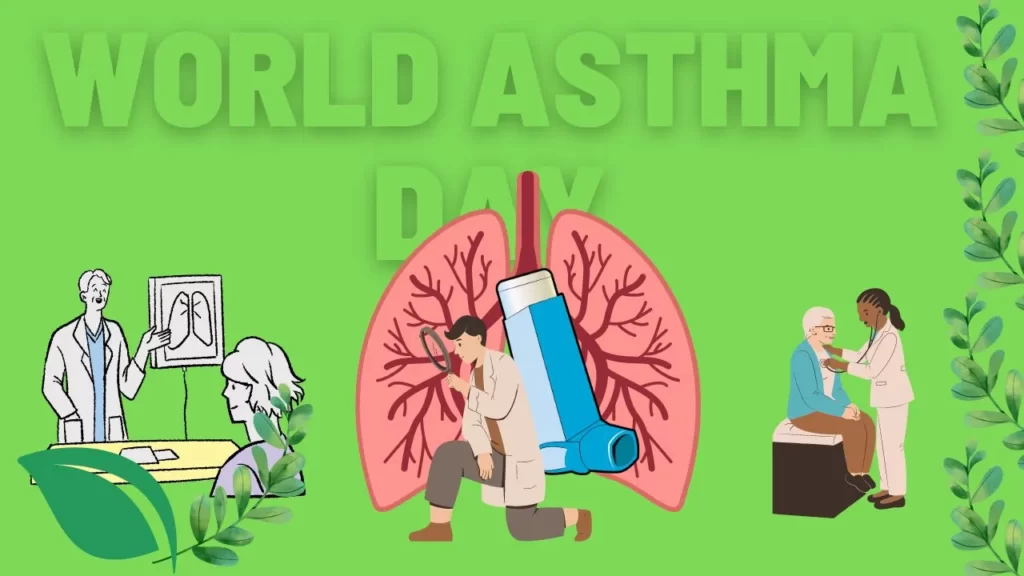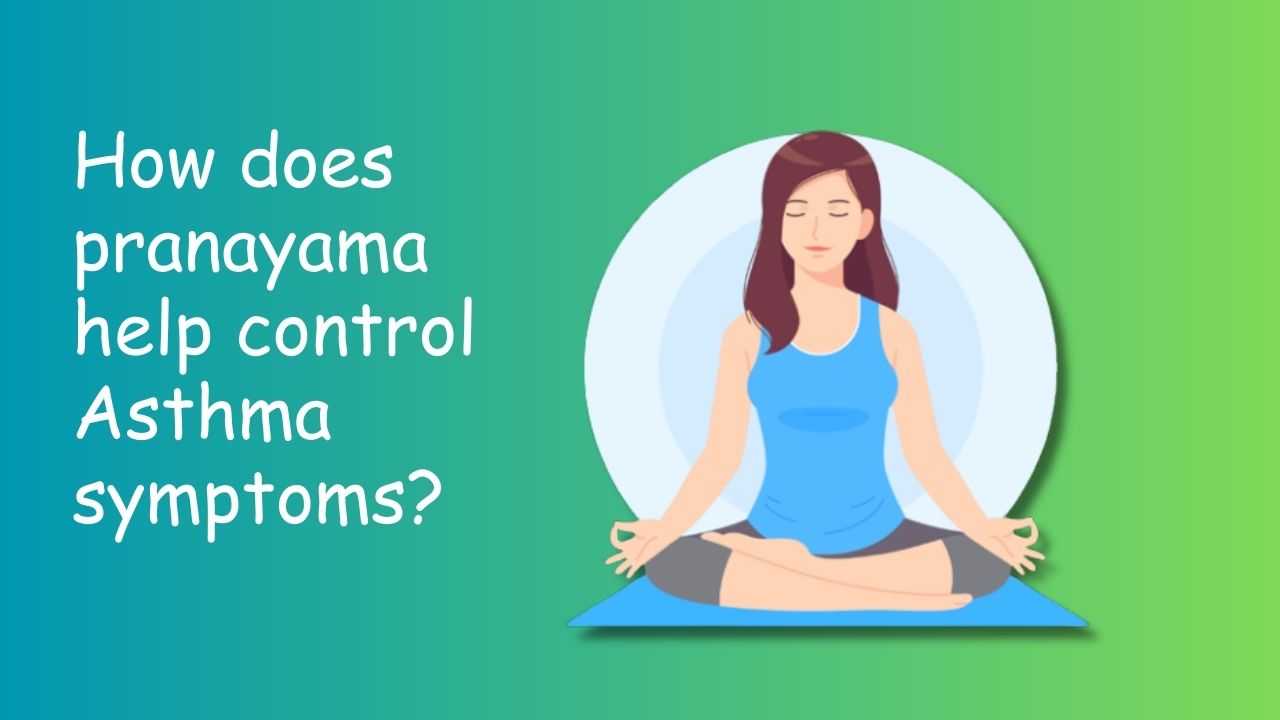Asthma is a chronic respiratory condition that affects millions of people around the world. It is a condition that causes inflammation and narrowing of the airways, making it difficult to breathe. World Asthma Day is observed every year on the first Tuesday of May to raise awareness about asthma and improve the lives of people with this condition. In this article, we will discuss the significance of World Asthma Day and how practicing pranayama can help control asthma symptoms.
Introduction
Asthma is a chronic respiratory disease that affects the airways leading to and from the lungs. The symptoms of asthma include shortness of breath, wheezing, coughing, and chest tightness. Asthma can be triggered by a variety of factors, including allergies, pollution, and stress. Although there is no cure for asthma, it can be managed effectively through medication and lifestyle changes.
World Asthma Day is an annual event that aims to raise awareness about asthma and its impact on individuals and families. It is also an opportunity to promote better asthma control through education and self-management strategies. This year, World Asthma Day will be observed on May 2nd, 2023, and the theme is “Uncovering Asthma Misconceptions.”
The Significance of World Asthma Day

World Asthma Day is an important event for people living with asthma and their families. It provides an opportunity to raise awareness about the impact of asthma on individuals, families, and communities. It is also a chance to highlight the importance of proper asthma management and self-care. World Asthma Day aims to:
- Improve asthma awareness and understanding
- Encourage better asthma management
- Promote research and development in the field of asthma
- Enhance access to care and treatment for people with asthma
- Support and empower people with asthma to lead full and active lives
What is Pranayama?
Pranayama is a Sanskrit word that means “extension of breath.” It is a practice that involves controlled breathing techniques aimed at improving lung function, reducing stress, and promoting relaxation. Pranayama is an integral part of yoga and is often used as a complementary therapy for various health conditions, including asthma.
How Can Pranayama Help Control Asthma Symptoms?
Pranayama can be a useful tool for managing asthma symptoms. It can help improve lung function, reduce stress, and promote relaxation. Here are some of the ways in which pranayama can help control asthma symptoms:
Improving Lung Function
Pranayama involves breathing techniques that can help improve lung function. Deep breathing exercises, such as Kapalabhati and Bhastrika, can help increase lung capacity and improve the efficiency of the respiratory system. These breathing techniques can also help clear the airways of mucus and other obstructions, making it easier to breathe.
Reducing Stress
Stress is a common trigger for asthma symptoms. Pranayama can help reduce stress and promote relaxation. Breathing techniques, such as Nadi Shodhana and Ujjayi, can help calm the mind and reduce anxiety. Regular practice of pranayama can also help improve sleep quality, which can further reduce stress levels.
Promoting Relaxation
Pranayama is a form of meditation that can help promote relaxation and reduce tension in the body. This can be especially helpful for people with asthma who may experience tension in the chest and other parts of the body during an asthma attack. Breathing techniques, such as Shitali and Sitkari, can help cool the body and promote a sense of calm.
Pranayama Techniques for Asthma
Pranayama can be a safe and effective way to manage asthma symptoms. However, it is important to consult with a healthcare professional before starting any new exercise regimen, including pranayama. Here are some pranayama techniques that may be helpful for people with asthma:
Kapalabhati
Kapalabhati is a breathing technique that involves forceful exhalation through the nostrils. This technique can help increase lung capacity and clear the airways of mucus and other obstructions. To practice Kapalabhati, sit comfortably with your back straight and take a deep breath. Exhale forcefully through your nostrils, then allow the inhalation to happen passively. Repeat this cycle of forceful exhalation and passive inhalation for several rounds.
Bhastrika
Bhastrika is a breathing technique that involves forceful inhalation and exhalation through the nostrils. This technique can help increase lung capacity and improve the efficiency of the respiratory system. To practice Bhastrika, sit comfortably with your back straight and take a deep breath. Exhale forcefully through your nostrils, then inhale forcefully through your nostrils. Repeat this cycle of forceful inhalation and exhalation for several rounds.
Nadi Shodhana
Nadi Shodhana also Known as Anlom Vilom is a breathing technique that involves alternate nostril breathing. This technique can help calm the mind and reduce anxiety. To practice Nadi Shodhana, sit comfortably with your back straight and place your left hand on your left knee. Use your right hand to close your right nostril and inhale through your left nostril. Then, use your ring finger to close your left nostril and exhale through your right nostril. Inhale through your right nostril, then exhale through your left nostril. Repeat this cycle of alternate nostril breathing for several rounds.
Ujjayi
Ujjayi is a breathing technique that involves a gentle constriction of the throat muscles. This technique can help calm the mind and reduce anxiety. To practice Ujjayi, sit comfortably with your back straight and take a deep breath. As you exhale, gently contract the muscles in the back of your throat, making a soft “ha” sound. Inhale through your nose, then exhale through your nose while making the “ha” sound.
Shitali
Shitali is a breathing technique that involves inhaling through a rolled tongue. This technique can help cool the body and promote a sense of calm. To practice Shitali, sit comfortably with your back straight and roll your tongue into a tube shape. Inhale through your rolled tongue, then exhale through your nostrils.
Sitkari
Sitkari is a breathing technique that involves inhaling through the teeth. This technique can help cool the body and promote a sense of calm. To practice Sitkari, sit comfortably with your back straight and separate your teeth slightly. Inhale through your teeth, then exhale through your nostrils.
Study how pranayama affected asthma control, lung function, and quality of life.
A study has been conducted to look at how pranayama affected asthma control, lung function, and quality of life.
Many people with asthma still experience symptoms even with medication, so they try complementary and integrative treatments like pranayama. Pranayama is a breathing technique that’s part of yoga. This study looked at how pranayama affected asthma control, lung function, and quality of life.
The study had 50 patients – 25 in the pranayama group and 25 in the control group. The researchers got permission from ethics committees and institutions, and the patients agreed to participate. They used tests like the Asthma Control Test and the Asthma Quality of Life Questionnaire and also measured lung function and peak expiratory flow (PEF). The pranayama group did pranayama breathing for 20 minutes once a day for four weeks, while the control group did relaxation exercises. The researchers measured the patients’ asthma control, lung function, and PEF before and after the four weeks of treatment. The results showed that pranayama was effective in improving asthma control, lung function, and quality of life for the patients who did it.
Read More: 3 Effective Yoga Asanas for Naturally Managing High Blood Sugar Levels.
FAQs about Asthma and Pranayama
Here are some frequently asked questions about asthma and pranayama:
Q: Can pranayama cure asthma?
A: There is no cure for asthma, but pranayama can help manage asthma symptoms.
Q: Is pranayama safe for people with asthma?
A: Pranayama can be safe and effective for people with asthma, but it is important to consult with a healthcare professional before starting any new exercise regimen.
Q: How often should I practice pranayama for asthma?
A: It is recommended to practice pranayama for at least 20-30 minutes a day, but the frequency and duration of practice may vary depending on individual needs and health status.
Q: Can pranayama be used as a substitute for medication?
A: No, pranayama cannot be used as a substitute for medication prescribed by a healthcare professional. It is important to follow your healthcare provider’s recommendations for managing your asthma.
Q: Are there any side effects of practicing pranayama?
A: Pranayama is generally safe and has few side effects. However, some people may experience dizziness, lightheadedness, or shortness of breath if they practice pranayama too forcefully or without proper guidance.
Q: Can pranayama be practiced during an asthma attack?
A: No, it is not recommended to practice pranayama during an asthma attack. During an asthma attack, it is important to follow your healthcare provider’s instructions for managing your symptoms, which may include using an inhaler or other medications.
Q: Which dosha is responsible for asthma?
A: According to Ayurveda, the dosha responsible for asthma is the Vata dosha. An imbalance in the Vata dosha can lead to respiratory issues such as asthma.
Conclusion
Asthma is a chronic respiratory condition that affects millions of people around the world. While there is no cure for asthma, there are many ways to manage symptoms and improve quality of life. Pranayama is a breathing technique that can help people with asthma breathe more easily and manage symptoms such as shortness of breath, wheezing, and coughing.
However, it is important to consult with a healthcare professional before starting any new exercise regimen, including pranayama. By working with your healthcare provider and incorporating pranayama into your daily routine, you can take control of your asthma and breathe easier. There is more Scientific research required to see the result of Pranayam on Asthma Patients.
Thank you for reading this article on Breathe Easy on World Asthma Day: Pranayama Techniques to Control Symptoms. If you found this article helpful, please share it with others who may also benefit from this information. And don’t forget to consult with a healthcare professional before starting any new exercise regimen.

